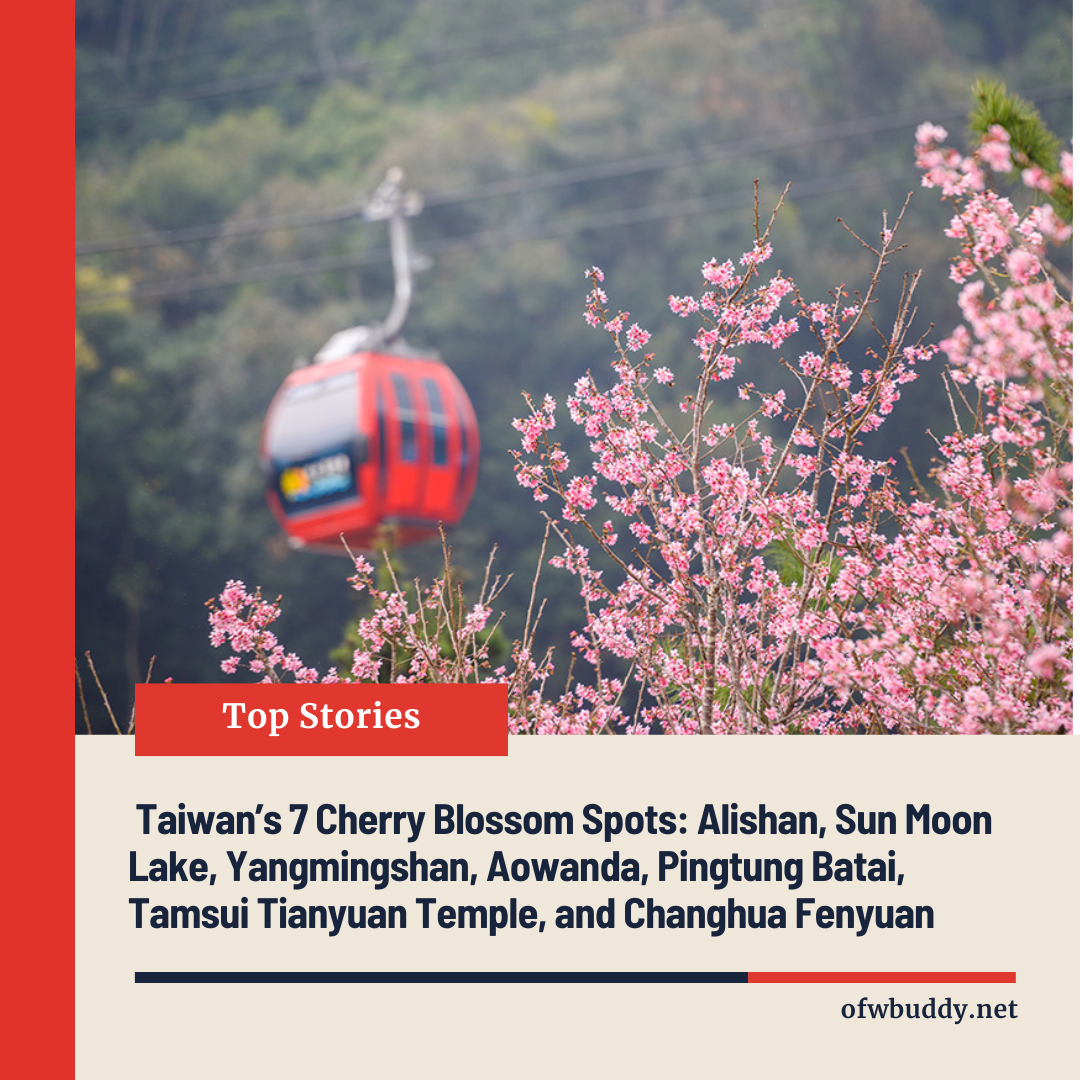October 5, 2025 | Yunlin, Taiwan
The Japan Cherry Blossom Association and the Taiwan Cherry Blossom Association jointly planted 10 Kawazu cherry trees today at Tsui Pavilion in Huwei Township, Yunlin County, symbolizing continued friendship and cultural exchange between the two countries.
Blossoms of Friendship
During the ceremony, Hosokawa Wugang, representative of the Japan Cherry Blossom Association, praised Taiwan’s growing number of cherry blossom viewing spots, noting that many sites across the island have become increasingly beautiful in recent years. Popular locations such as the Formosan Aboriginal Culture Village at Sun Moon Lake, Alishan, and Yangmingshan National Park have become must-see attractions during cherry blossom season.
Hosokawa added that at least seven cherry blossom destinations in Taiwan—including Aowanda National Forest Recreation Area (Nantou), Sun Moon Lake, Alishan, Pingtung Batai, Tamsui Tianyuan Temple, Yangmingshan, and Changhua Fenyuan Flower Production Park—have been featured on Japanese television travel programs, inspiring more Japanese tourists to visit Taiwan to enjoy the island’s unique cherry blossom landscapes.
A Legacy of Collaboration
Hosokawa shared that the Japan Cherry Blossom Association has traveled to Taiwan more than ten times to plant cherry trees since the early 2000s. The initiative originated from a cooperation agreement between former President Lee Teng-hui and a Japanese foreign minister, aimed at strengthening cultural ties through environmental and tourism exchanges.
Their first tree-planting mission in 2002 led to the successful planting of 3,000 cherry trees over three consecutive years, laying the foundation for Taiwan’s modern cherry blossom culture. In later years, the association shifted to symbolic plantings and donations, reflecting both nations’ commitment to sustaining this friendship.
A Symbol of Renewal and Cultural Growth
Today’s planting featured participation from several members of the Japan Cherry Blossom Association, including Matsuzawa Hirofumi, Kudo Masaki, Baba Reiko, Sugimoto Namiko, Fujimaki Junichi, Ito Hideki, and Chi Yasuhiro, alongside Tsai Shu-mei and Chen Yu-ling from the Taiwan Cherry Blossom Association.
Hosokawa highlighted that the 10 newly planted Kawazu cherry trees are a unique hybrid variety, the result of natural crossbreeding between Taiwan’s native mountain cherry and Japan’s Oshima cherry. These hybrids can bloom even in low-latitude regions, marking an important step in expanding cherry blossom cultivation to Taiwan’s southernmost areas.
The event concluded with both sides expressing hopes that cherry blossoms—symbols of beauty, renewal, and friendship—will continue to flourish across Taiwan, strengthening cultural bonds between Taiwan and Japan for generations to come.

